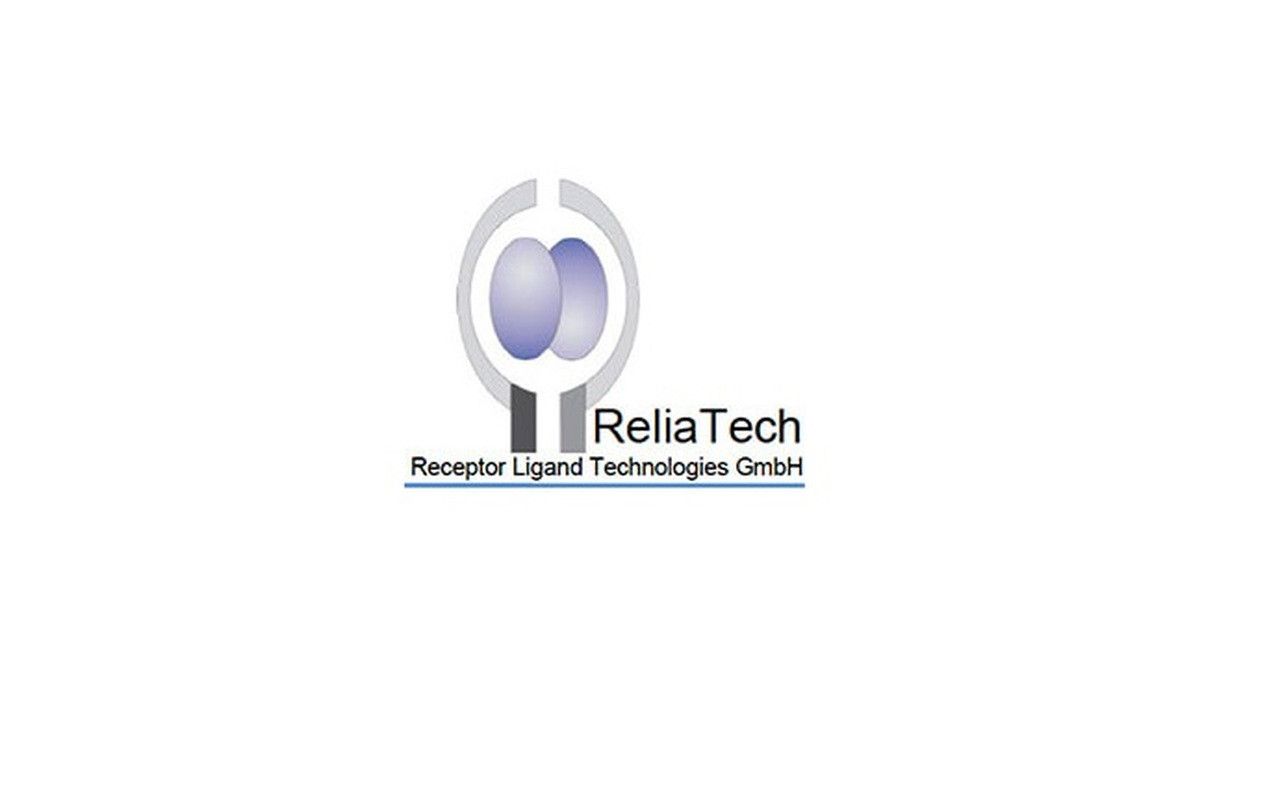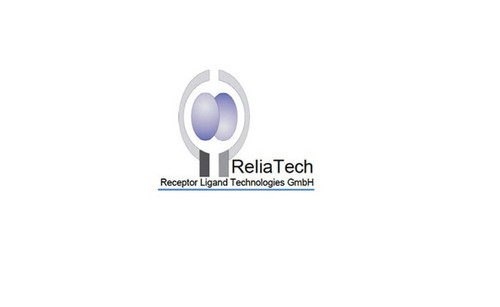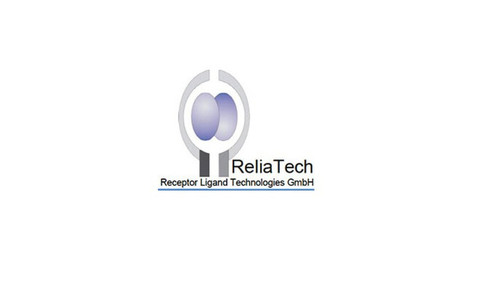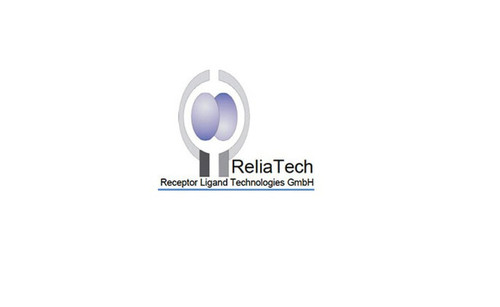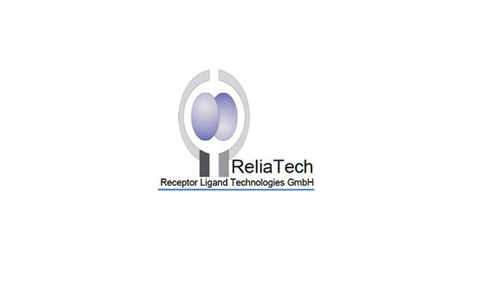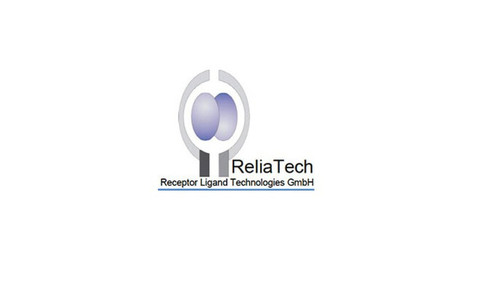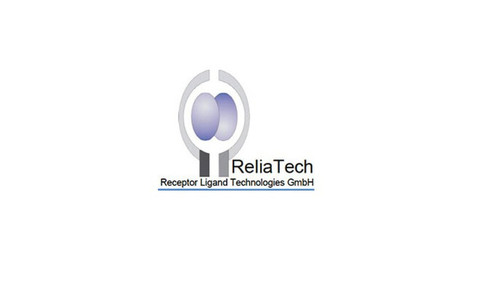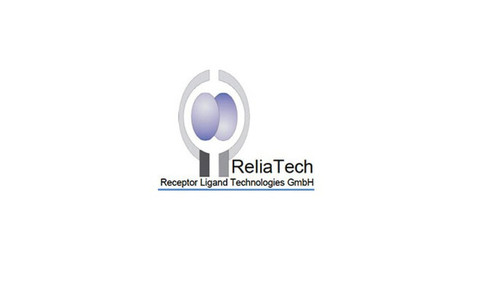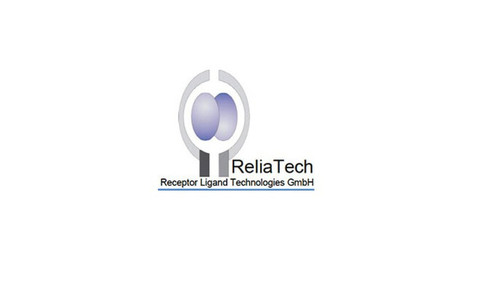Product Description
Mouse Anti-Human Pentraxin-3 Antibody | 101-M605 | ReliaTech
Species: Anti-Human
Host / biotech: Mouse
Comment: N/A
Label: N/A
Clone / Antibody feature: (#6B7)
Subcategory: Monoclonal Antibody
Category: Antibody
Synonyms: PTX3; TSG-14; TNFAIP5
Isotype: IgG2
Application: WB
Detection Range: N/A
Species Reactivity/Cross reactivity: Human
Antigen: recombinant human Pentraxin-3
Description: Pentraxin 3 (PTX3), TSG14, was initially identified as a TNFα or IL1β inducible gene. It belongs to the pentraxin family, which was named originally for the homopentameric structure formed by its members. The pentraxin family is divided into two subfamilies: the “short” and the “long” pentraxins with approximate molecular weights of 25 kDa and 50 kDa, respectively. TSG14 is a member of the long pentraxin subfamily, which also includes the Xenopus laevis XLPXN1, the guinea pig apexin/p50, the rat neuronal pentraxin I (NPI) and NPR, the human neuronal pentraxin II (NPTX2) and the human neuronal activityrelated pentraxin. Mature secreted TSG14 contains a pentaxinlike domain at its carboxyterminus that shares 23-28% amino acid (aa) sequence similarity to Creactive protein (CRP) and serum amyloid P component (SAP), which belongs to the short pentraxin subfamily. However, the Nterminal sequence of TSG 14 does not share aa sequence homology with any of the “short” pentaxins. Unlike CRP and SAP, which forms pentamers only, TSG14 forms both pentameric and higher ordered oligomers. Similarly to CRP and SAP, TSG14 binds to the complement cascade component C1q. However, TSG14 does not bind to phosphoethanolamine, phosphocholine, or high pyruvate agarose, which are known ligands for CRP and SAP. TSG14 is a marker of the acute phase response and is highly expressed in advanced atherosclerotic plaques. While CRP and SAP are primarily produced in the liver, TSG14 expression is strongly upregulated by TNFα, IL1β, and bacterial LPS in peripheral fibroblasts, endothelial cells, and macrophages. At the amino acid level, human and mouse TSG14 share 88% aa sequence homology. TSG14 concentration is elevated in the joint fluid of patients with rheumatoid arthritis (RA), indicating that TSG14 may be a potential mediator of immune response. TSG14 may also function in the regulation of the uptake and clearance of apoptotic cells by dendritic cells. In vivo study showed that TSG14 transgenic mice are more resistant to sepsis and endotoxemia compared to wild type during the inflammatory injury. Increased expression of TSG14 may enhance the immune response to protect the host from infection.
Purity Confirmation: N/A
Endotoxin: N/A
Formulation: lyophilized
Storage Handling Stability: Lyophilized samples are stable for 2 years from date of receipt when stored at -20°C. Reconstituted antibody can be aliquoted and stored frozen at < -20°C for at least six months without detectable loss of activity.
Reconstituation: Centrifuge vial prior to opening. Reconstitute the antibody with 500 µl sterile PBS and the final concentration is 200 µg/ml.
Molecular Weight: N/A
Lenght (aa): N/A
Protein Sequence: N/A
NCBI Gene ID: 5806
 Euro
Euro
 USD
USD
 British Pound
British Pound
 NULL
NULL

